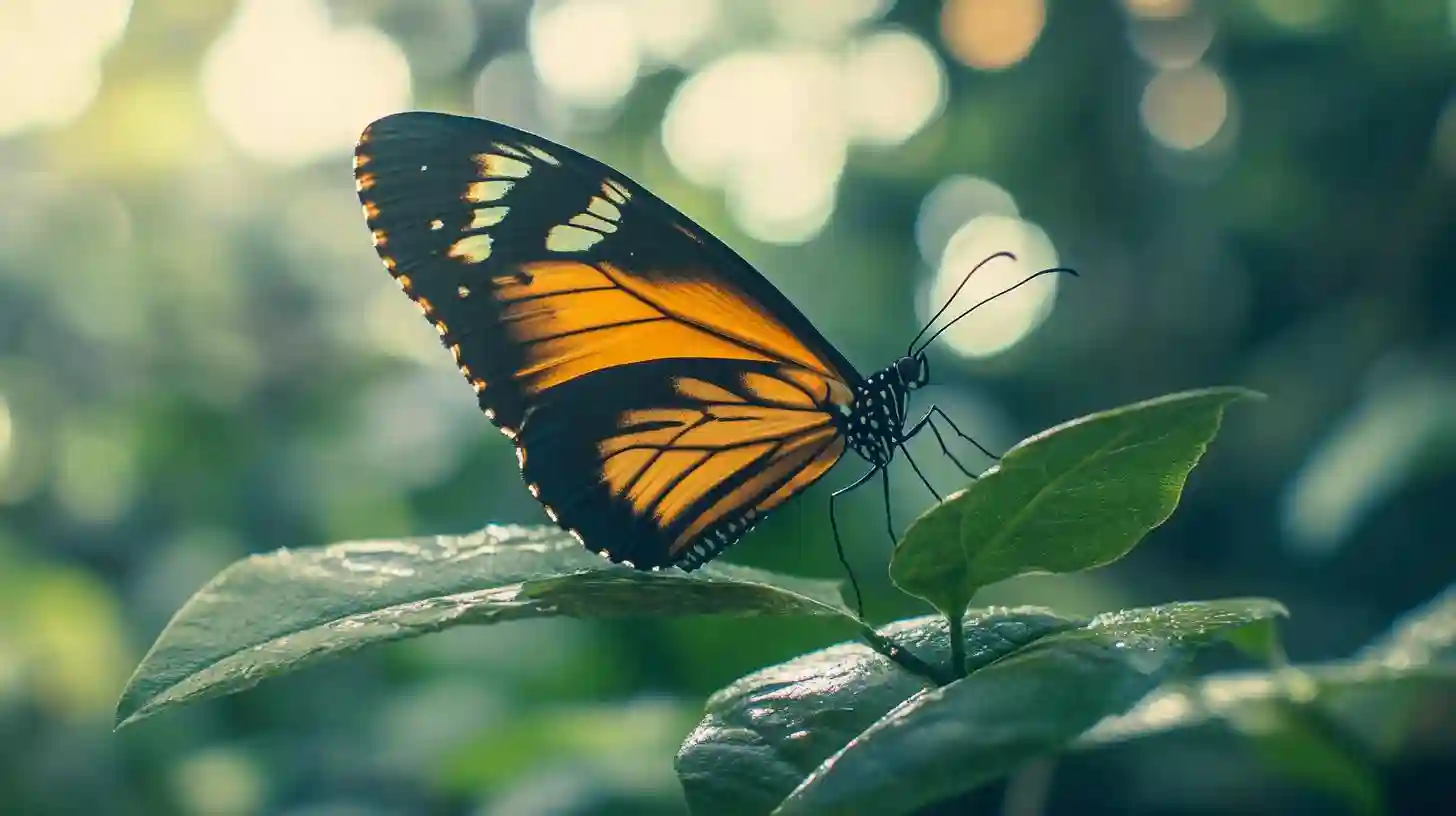
Butterflies, with their delicate wings and vibrant colors, are often perceived as mere spectacles of nature, fluttering gracefully from flower to flower. However, beneath their enchanting beauty lies a critical role that these insects play in sustaining biodiversity within ecosystems. Their contributions extend far beyond their aesthetic appeal, acting as vital components in the intricate web of life that ensures ecological balance and health.
One of the key roles butterflies play is that of pollinators. While bees are frequently lauded for their pollination prowess, butterflies also significantly contribute to this essential process. As they traverse various habitats in search of nectar, they inadvertently transfer pollen from one flower to another. This not only promotes the reproduction of flowering plants but also enhances genetic diversity. Healthy populations of flowering plants can, in turn, support a multitude of other organisms, from caterpillars that rely on specific host plants to birds that depend on those plants for food and nesting sites. The decline in butterfly populations can lead to a chain reaction that adversely affects various species and disrupts entire ecosystems.
Moreover, butterflies serve as bioindicators, offering insights into the health of their environments. Their sensitivity to changes in habitat, climate, and pollution makes them excellent indicators of ecological shifts. A decline in butterfly populations may signal broader environmental issues, such as habitat degradation, climate change, and the effects of pesticides. Monitoring butterfly populations can lead researchers and conservationists to identify areas of concern, guiding efforts to restore habitats and protect biodiversity. By keeping a close eye on these delicate creatures, we can better understand the overall health of our ecosystems and take proactive measures to address the challenges they face.
Butterflies also play an integral part in food webs and ecosystems. While adults primarily consume nectar, their larvae, known as caterpillars, are food sources for numerous predators, including birds, mammals, and other insects. This interconnection emphasizes the importance of butterflies in supporting food chains. Many species of birds, for example, rely on caterpillars as a critical part of their diet, especially during the breeding season when they require protein-rich food to feed their young. The decline of butterfly populations can therefore lead to a decrease in food availability for these predators, potentially jeopardizing their survival.
In addition to their ecological roles, butterflies have profound cultural and educational significance. They have inspired countless works of art, poetry, and folklore, symbolizing transformation and renewal. Their life cycle—from egg to caterpillar, to chrysalis, and finally to butterfly—serves as a powerful metaphor for change and resilience. Educational programs that highlight the importance of butterflies can foster a connection to nature, inspiring younger generations to appreciate and protect biodiversity. Interactive exhibits, butterfly gardens in schools, and conservation workshops can deepen public understanding of the ecological importance of these insects, encouraging active participation in conservation efforts.
Habitat loss poses one of the greatest threats to butterfly populations worldwide. Urbanization, agriculture, and changes in land use have led to the destruction of vital habitats, disrupting the delicate balance butterflies depend upon. Conservation efforts must focus on habitat restoration, protecting existing environments, and creating new spaces for butterflies to thrive. Planting native flowering plants in gardens and public spaces can provide critical resources for adult butterflies while offering caterpillars the host plants they require to grow. Additionally, creating butterfly corridors—safe passages that connect fragmented habitats—can facilitate migration and enhance genetic diversity, enabling populations to adapt to changing environmental conditions.
Climate change further complicates the challenges butterflies face, altering their habitats and food availability. Fluctuations in temperature and weather patterns can disrupt the timing of their life cycles and affect the synchronization between butterflies and the flowering plants they depend on. As climates shift, many butterfly species are forced to migrate to more suitable environments, which can lead to competition with local species and further threaten biodiversity. Understanding these dynamics is crucial for developing adaptive strategies in conservation, ensuring that we can mitigate the potential impacts of climate change on butterfly populations and the broader ecosystem they support.
Recognizing the critical role butterflies play in sustaining biodiversity is essential for effective conservation and environmental stewardship. By valuing butterflies not only for their beauty but for their ecological contributions, we can foster a deeper appreciation for the interconnectedness of life. Building a future where butterflies flourish, along with the countless species that depend on them, requires collective action and commitment to preserving our natural ecosystems. Every effort counts, and by nurturing the habitats that support these magnificent insects, we also safeguard the ecological health of our planet for generations to come.